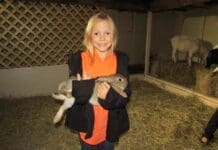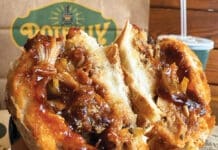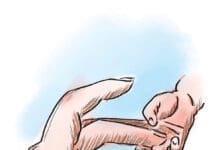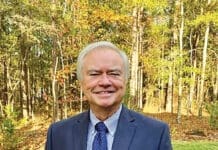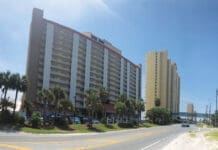By Lauren Goldsby
Agriculture is not the first thing that comes to mind when you’re in Bay County, especially when you’re enjoying a day at the beach! In the 2022 Census of Agriculture, 139 farms were reported, covering more than 70,324 acres. Much of what’s counted as farmland in Bay County is forested land managed for timber rather than traditional row-crop agriculture. Other commodities include hay, berries, livestock, and honey. Together, agricultural sales generated $3.69 million dollars in 2022. Agriculture exists here, but it is not the primary economic driver. Tourism plays a much larger role, bringing $3.1 billion in visitor spending and supporting over 35,000 jobs.
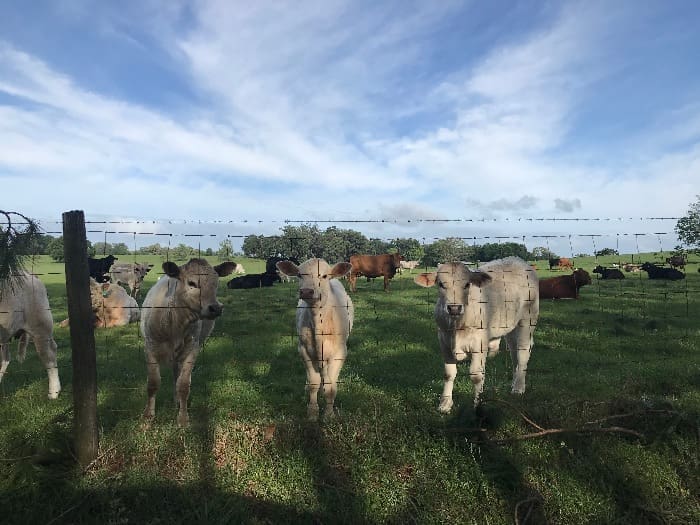
Both systems depend on healthy natural resources for different but equally important reasons. This is especially true when it comes to water, which makes up 27% of the county by area. Large-scale producers use Best Management Practices (BMPs) to reduce the amount of chemical and nutrient runoff into our water systems.
If Bay County does not have a lot of agriculture does that mean we are safe from pollution in our water? No. Runoff isn’t just a problem in agricultural systems. A single lawn may not contribute much on its own, but when you add them up they can become a significant source of water pollution.
One of the easiest ways you can reduce impacts on our water resources is by considering how you fertilize your lawns. Here are some residential BMPs you can follow in your own yard. If you are fertilizing next to a body of water, leave a 10-foot strip unfertilized on the water’s edge. Don’t apply more than 1 pound of slow-release nitrogen per 1,000 square feet at a time or exceed 4 pounds per 1,000 square feet per year. If you are using a quick-release nitrogen, do not apply more than ½ pound at one time for the same area. This chart below can be used to calculate how much fertilizer that is based on the percent of nitrogen. Nitrogen is always the first number, followed by phosphorus and potassium. Remember that right now your lawn doesn’t need any fertilizer. Dormancy is a protection from winter freezes, and fertilizer put out now will not be taken up effectively by dormant grass.

| Nitrogen percent in fertilizer | Pounds of fertilizer to apply 1lb of nitrogen / 1000 sqft |
| 5% | 20 lbs |
| 10% (10-10-10) | 10 lbs |
| 20% | 5 lbs |
U.S. Department of Agriculture, National Agricultural Statistics Service. (2022). 2022 Census of Agriculture, Bay County, Florida. https://quickstats.nass.usda.gov/
Bay County Chamber of Commerce. (2025). Business & community profile. https://panamacity.org/tourism-business/

An Equal Opportunity Institution. UF/IFAS Extension, University of Florida, Institute of Food and Agricultural Sciences, Andra Johnson, Dean. Single copies of UF/IFAS Extension publications (excluding 4-H and youth publications) are available free to Florida residents from county UF/IFAS Extension offices. Contact our office at 850-248-8091 or Email legoldsby@ufl.edu. Follow us on Facebook @bayifas and Instagram @ufifasbay


